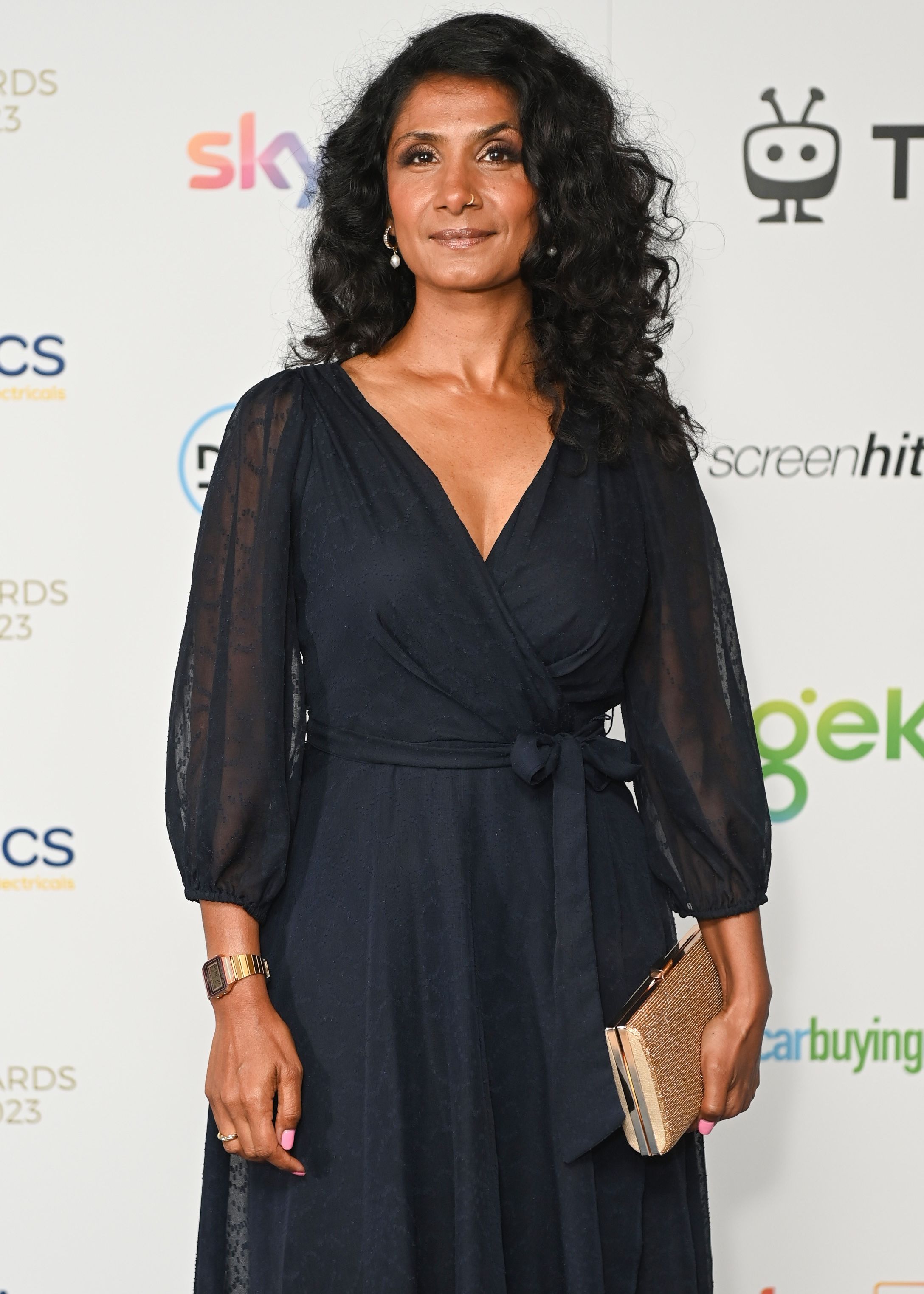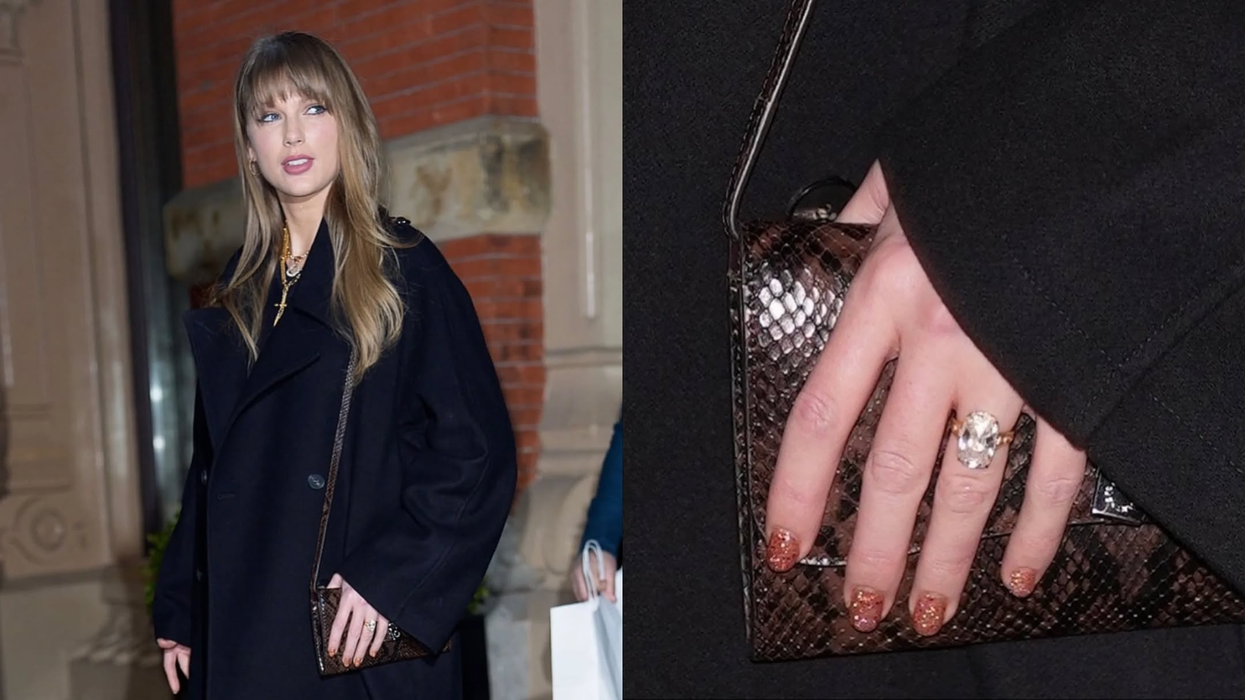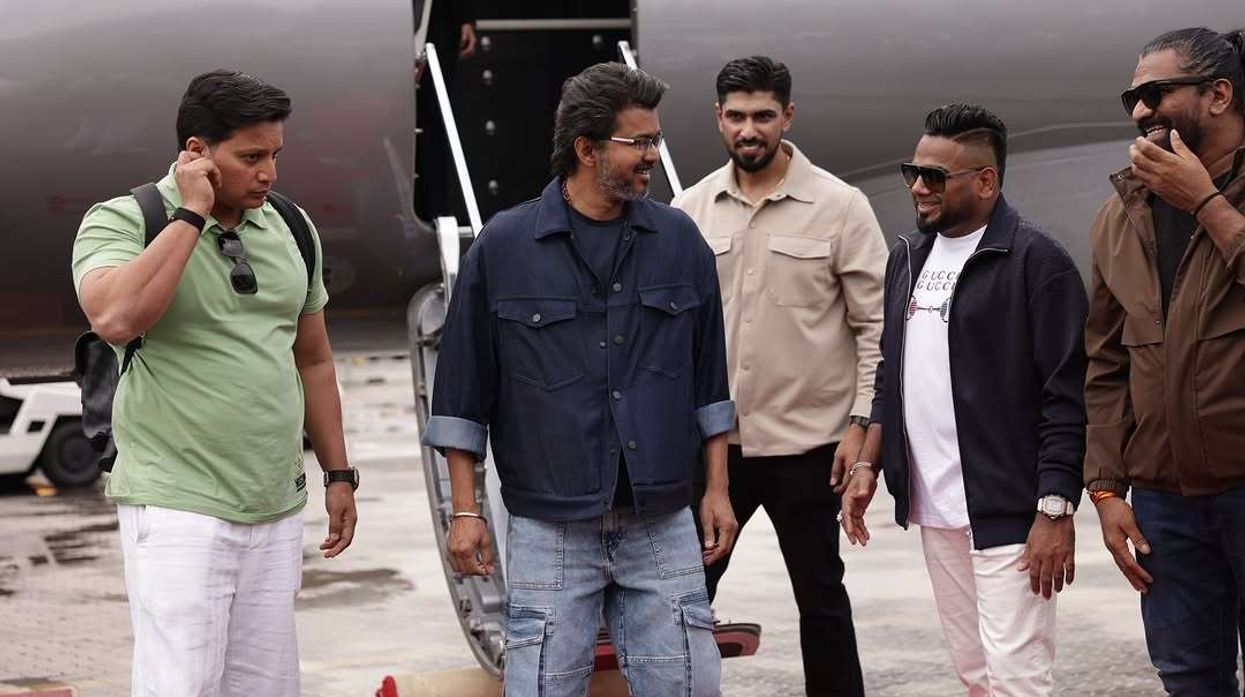Highlights:
- Balvinder Sopal, best known as Suki Panesar-Unwin on EastEnders, joins the 2025 Strictly Come Dancing line-up.
- Announcement made live from Albert Square on ITV’s Good Morning Britain.
- The actress has previous Latin and ballroom dance experience as a hobby.
- Joins Dani Dyer, Alex Kingston, Jimmy Floyd Hasselbaink and Harry Aikines-Aryeetey in the confirmed line-up.
Balvinder Sopal, who has played Suki Panesar-Unwin on EastEnders since 2019, has been revealed as the fifth celebrity contestant for Strictly Come Dancing 2025. The BBC’s hit entertainment show will return to BBC One and BBC iPlayer this September, pairing well-known faces with professional dancers in a bid to win the coveted glitterball trophy.
The news was confirmed live from the EastEnders set on Tuesday, 12 August, during an appearance on ITV’s Good Morning Britain. Speaking about her new challenge, the 46-year-old actress said:
“Being on Strictly is a dream I held on to with no proof it would ever happen. I’m far too excited to put into words how I feel, but I’m incredibly thrilled at the prospect of dancing across the ballroom.”

What dancing experience does Balvinder Sopal have?
While Sopal is best known for her dramatic storylines on EastEnders, including Suki’s escape from an abusive marriage and her on-off romance with Eve Unwin, she revealed she already has some dance experience.
“I dabbled a little bit,” she admitted. “I did Latin and ballroom as a hobby and really loved it. When you’ve got a passion for something, you’re more inclined to enjoy it. I love Latin because it’s passionate and full of drama, just like the square.”
She will continue filming EastEnders while competing on Strictly, juggling both roles during the busy autumn schedule. “It’ll be like learning a new language,” she joked. “But at least I won’t have to memorise any lines.”
Who else is confirmed for Strictly 2025?
The BBC has now announced five celebrities for the upcoming series:
- Harry Aikines-Aryeetey – Gladiators star “Nitro” and former Team GB sprinter, returning after last year’s Strictly Christmas Special.
- Dani Dyer – Love Island 2018 winner and daughter of EastEnders actor Danny Dyer.
- Alex Kingston – British actress known for Doctor Who and ER.
- Jimmy Floyd Hasselbaink – Former Premier League footballer and current England assistant coach.
- Balvinder Sopal – EastEnders star and actress with a career spanning theatre, film, radio, and television.
Rumoured contestants still to be confirmed include Olympic champion Mo Farah and TV presenter Stacey Solomon.
When will Strictly Come Dancing 2025 start?
The new series will kick off on BBC One and BBC iPlayer in September, running through to December. The professional dancer line-up includes familiar names such as Dianne Buswell, Johannes Radebe, Katya Jones, Gorka Márquez and Vito Coppola.
Two new professionals are also joining the show: American-born Alexis Warr and Australian Julian Caillon, promising fresh choreography for the series.
With Strictly’s mix of glittering costumes, live music, and elaborate routines, producers are hoping to attract millions of viewers once again. Head of Entertainment Kalpna Patel-Knight has commissioned the series, with Sarah James returning as executive producer.
Balvinder’s dual role adds extra challenge
Balvinder’s decision to remain on EastEnders during her Strictly run means she will be filming intense soap scenes while training for the competition. Fans are eager to see whether her experience performing emotional, high-stakes storylines will translate to telling stories on the dance floor.
“I don’t know how I’m going to manage both, but I’m looking forward to it,” she said. “It’s going to be a whirlwind, but one I’ve wanted for a long time.”
With just weeks until rehearsals begin, all eyes will be on the EastEnders favourite as she trades Walford’s drama for sequins, spray tans, and Saturday night showdowns.







 Event organiser Datuk Abdul Malik Dashtigeer emphasised the occasion will remain "solely an entertainment event"Instagram / kvn.productions
Event organiser Datuk Abdul Malik Dashtigeer emphasised the occasion will remain "solely an entertainment event"Instagram / kvn.productions 





